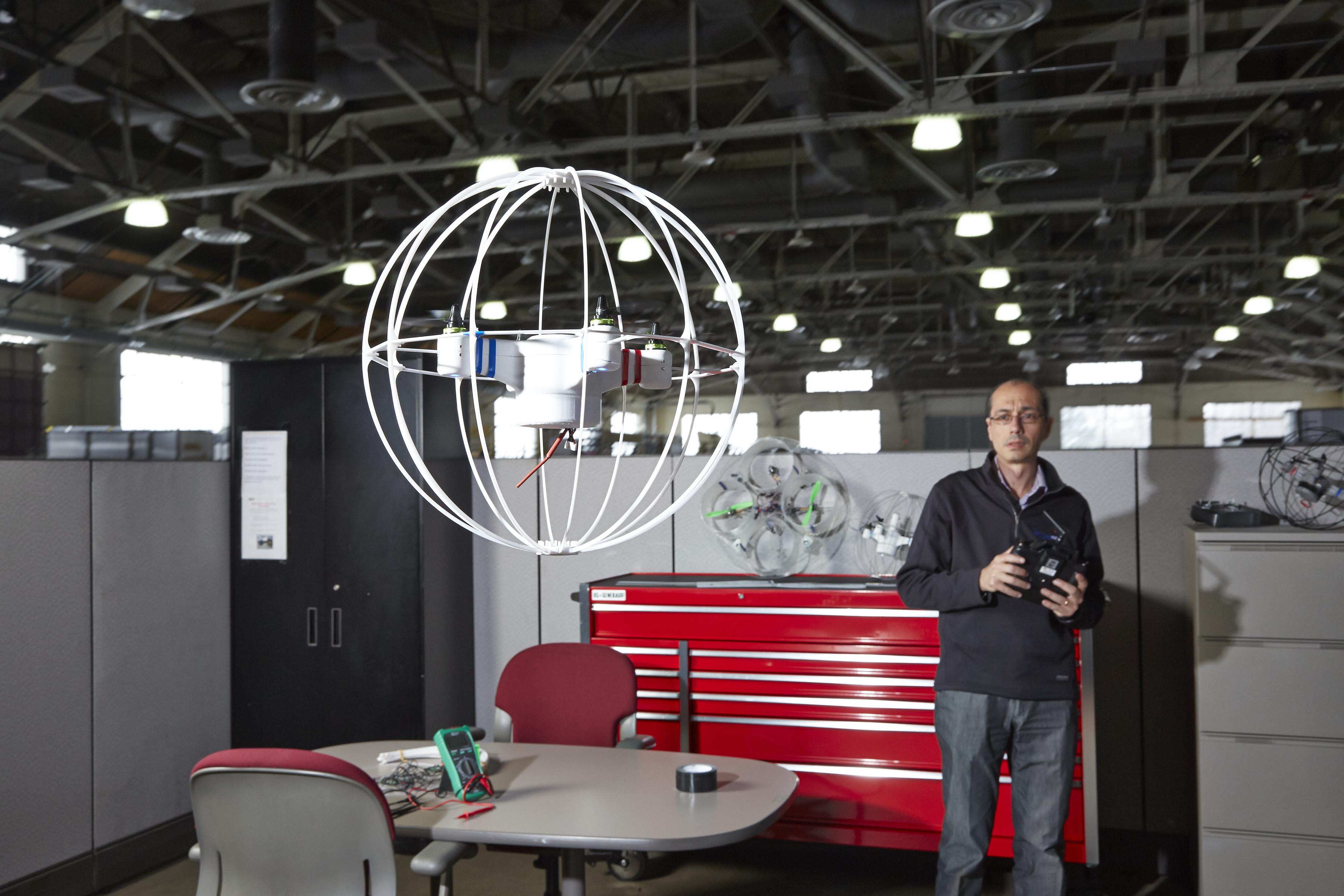Anderson Engineering Ventures Institute board recommends $178,500 in funding for new technologies
 Note: this article originally ran in the Fall 2016 edition of Exemplar.
Note: this article originally ran in the Fall 2016 edition of Exemplar.
As part of its activities to advance innovation and entrepreneurship in the College of Engineering, the James and Patricia Anderson Engineering Ventures Institute also makes investments in the development of new ideas and technologies created by faculty and students. In late September, the institute's advisory board met to review and discuss some of the most promising new ideas, and recommended $178,500 in funding to be divided between six projects.
Over several months, Anderson Institute Director Sorin Draghici and Associate Director Gary Witus helped aspiring faculty members and students develop their applications. A total of 23 applications were submitted - four from students and 19 from faculty. The field was narrowed to eight finalists, six of whom were competitively selected to present to the Advisory Board, an 18-member panel of professionals with expertise in technology commercialization, entrepreneurship and innovation. The board includes partners or managing directors of venture capital firms in Southeast Michigan, lawyers with expertise in IP and startup companies, several successful entrepreneurs, angel investors, and former high-ranking executives from large companies.
Each of the funded projects will receive further support through the Anderson Institute, including introductions to other early funding opportunities, guidance in the preparation of grant applications and help in structuring the startup companies.
As the college embeds innovation and entrepreneurship into its curriculum, additional requests for funding are expected, and more technologies are already under consideration for the next Advisory Board meeting.
Projects:
ADVANCED HIGH-STRENGTH STEEL
Dr. Susil K. Putatunda, Chemical Engineering; Shashank Nellikuppam, Chemical Engineering
Nanostructured steel that is high strength, high fracture, low weight and low cost.
BÉBÉ BEAT
Emily Baughman, MSPH, CHES; Kamaljit Chalal, Computer Engineering; Mojgan Mehrabi, Computer Science; Brandon Wong, Electrical Engineering
A haptic device that offers peace of mind to parents having their first child by keeping in constant touch with their infant.
CARBON FOOTPRINT MANAGEMENT SYSTEM: LOCATIONAL EMISSIONS ESTIMATION METHODOLOGY (LEEM)
Dr. Carol Miller, Civil Engineering; Loch McCabe, Shepherd Advisors; Stephen S. Miller, Commonwealth Associates; Guoyao Xu, Ph.D. Candidate; Todd Sykes, LEED; Dr. Caisheng Wang, Electrical and Computer Engineering
A software tool to monitor the emissions and carbon footprint associated to the energy consumption in real time.
CELL-BASED CARTILAGE REPAIR SOLUTION
Dr. Howard Matthew, Chemical Engineering; Kevin Miles, Chemical Engineering
A mesenchymal stem cell (MSC) augmented material solution that repairs and regenerates joint cartilage by using a pair of injectable or 3-D printable "inks" using patient-derived, adult stem cells.
ITCH FREE NATURAL INSECTICIDE
Iyinoluwa Omishope, Industrial Systems Engineering
A DEET-free, natural, carrier oil-based mosquito and insect repellent that also serves as a skin moisturizer and sunscreen.
NOVEL SYSTEM OF SUPERCRITICAL CO2 DRYERS
Michael Golfetto, Chemistry; Grant Lorimer, Biomedical Engineering
A supercritical CO2 dryer for low-cost, high-volume, high-quality graphene.
POLIDBONE CEMENT FOR THE REPAIR OF BONE DEFECTS
Dr. Weiping Ren, Biomedical Engineering; Rose Carmichael, BONWRX; Song W, Ph.D.; Dr. David Markel, Providence Hospital
PolidBone is an injectable, high-cohesion, high-strength bone replacement/cement that lowers risk of infection and reduces health care costs by decreasing surgery and recovery times.
SKYPERSONIC SAFE DRONE TECHNOLOGY KIT
Professor Giuseppe Santangelo, Mechanical Engineering
A drone development toolkit that enhances STEM education.